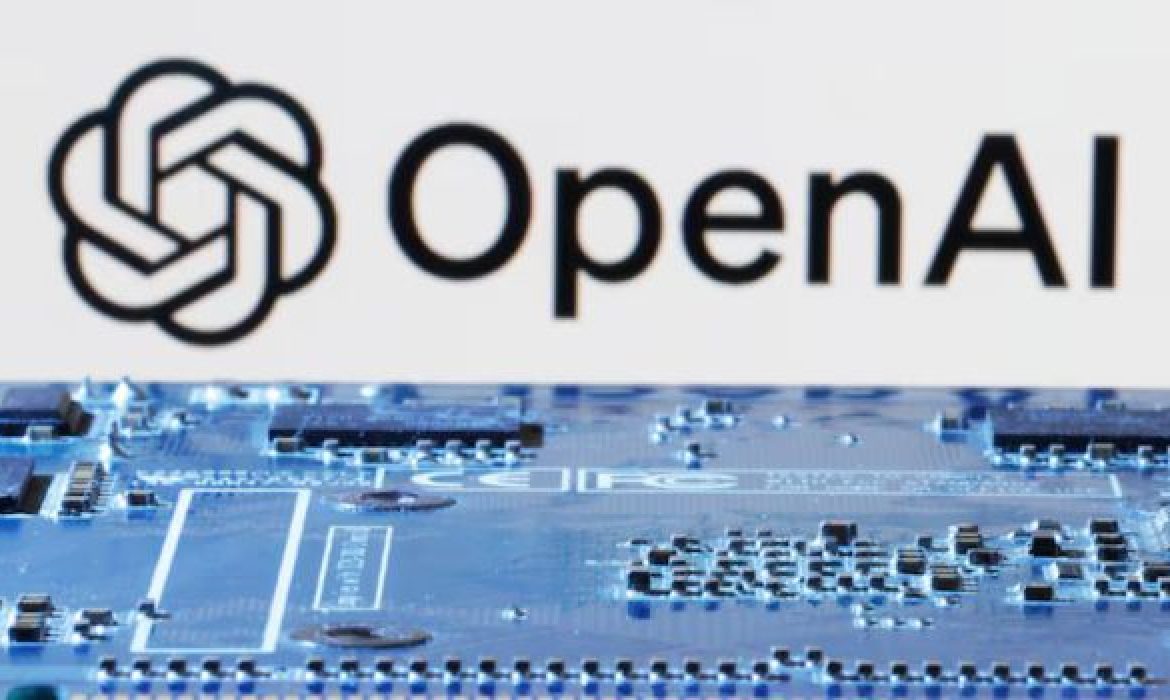
Date Issued – 5th September 2025
Courtesy of the Research Department at Balfour Capital Group
Key Points
- Asia Equities Climb on Tariff Shift and Chip Momentum: Regional markets rose as Trump cut Japanese auto tariffs and chipmakers rallied on prospects of new U.S. semiconductor levies.
- Futures Edge Higher as Payrolls Data Poised to Cement Fed Cut: U.S. futures gained ahead of August payrolls, with investors pricing a near-certain September Fed rate cut on signs of labor market cooling.
- OpenAI-Broadcom Chip Deal Signals Rising Shift From Nvidia: OpenAI’s $10B custom chip partnership with Broadcom highlights surging demand for AI compute and growing competition to Nvidia’s dominance.
- Hong Kong Debuts RMB Bond on Ethereum, Marking Tokenization Milestone: Futian Investment launched a 500M RMB digital bond on Ethereum, advancing Hong Kong’s role as a hub for regulated blockchain-based finance.
Asia Equities Climb on Tariff Shift and Chip Momentum
Asia-Pacific markets closed higher Friday after President Trump cut Japanese auto tariffs to 15% from 27.5% and confirmed $550 billion in Japanese investments in U.S. projects, lifting sentiment in Tokyo where the Nikkei gained 1%.
Chipmakers rallied after Trump signaled imminent semiconductor tariffs on firms not producing in the U.S., with Lasertec up over 4%, TSMC rising 1.7%, and SK Hynix advancing 3%. The Hang Seng added 1.4% and China’s CSI 300 rose 2%, while Australia also posted gains. Indian benchmarks slipped modestly, and U.S. futures held steady ahead of Friday’s pivotal jobs report.
Futures Edge Higher as Payrolls Data Poised to Cement Fed Cut
U.S. equity futures gained Friday, with S&P 500 and Nasdaq 100 contracts up 0.2% and 0.5%, respectively, as markets looked to the August nonfarm payrolls report for confirmation of a cooling labor market.
Expectations center on modest job gains of 75,000 and a slight uptick in unemployment to 4.3%, a backdrop that has already driven near-100% odds of a September Fed rate cut. Sentiment was also buoyed by strong earnings from Broadcom, Samsara, and DocuSign, while underlying caution persists over tariff litigation and global debt concerns. Analysts suggest today’s jobs data will shape rate expectations into year-end.
OpenAI-Broadcom Chip Deal Signals Rising Shift From Nvidia
OpenAI is set to begin mass production of custom AI chips with Broadcom next year, marking a strategic move to ease reliance on Nvidia and secure computing power for expanding demand from products like ChatGPT and the upcoming GPT-5.
The collaboration, which includes $10 billion in orders, positions OpenAI alongside tech giants such as Google and Amazon that have developed in-house semiconductors to run AI workloads. Broadcom shares surged nearly 9% on the news, extending gains of more than 30% this year, as investors bet its custom chip unit will outpace Nvidia’s growth trajectory in the coming years.
Hong Kong Debuts RMB Bond on Ethereum, Marking Tokenization Milestone
Hong Kong’s Futian Investment issued a 500 million RMB ($69 million) digital bond on Ethereum in late August, the first public RMB-denominated offering registered on a public blockchain.
The two-year, 2.62% bond highlights the city’s push to merge traditional fixed-income markets with on-chain transparency, aligning with regulatory frameworks such as HKMA’s Project Ensemble.
While the issuance underscores advantages in settlement speed, access, and automation, questions remain around token standards, custody, and secondary liquidity. Analysts see the deal as a test case for broader RMB tokenization and a step toward consolidating Hong Kong’s role as a hub for regulated digital finance.
Conclusion
Markets are navigating a delicate balance between policy shifts, technological innovation, and regulatory evolution. Asia’s equity rally reflects optimism over tariff adjustments and semiconductor demand, while U.S. futures hinge on labor data that could cement the Fed’s rate-cut trajectory.
In parallel, OpenAI’s landmark chip partnership with Broadcom signals intensifying competition in AI infrastructure, reshaping sectoral dynamics and investor positioning.
Meanwhile, Hong Kong’s pioneering Ethereum-based bond issuance underscores the gradual integration of traditional finance with blockchain frameworks. Together, these developments highlight how macroeconomic policy, corporate strategy, and financial innovation are converging to redefine the global investment landscape.
Investment Insights
- Asia’s tariff shifts and chip-sector momentum suggest opportunities in Japanese and Korean semiconductors, though policy uncertainty warrants careful entry points.
- A near-certain September Fed rate cut supports equities, but labor softness argues for a balanced allocation between growth assets and defensives.
- Broadcom’s surge on its OpenAI deal highlights upside in custom semiconductor plays, with investors watching for longer-term share gains at Nvidia’s expense.
- Hong Kong’s Ethereum bond signals growing institutional acceptance of tokenized finance; investors should monitor RMB-linked digital issuances as potential diversifiers in fixed-income portfolios.
Economic Calendar
| Date | Event | Notes / Focus |
|---|---|---|
| Sept 5, 2025 | U.S. Employment Situation (August Nonfarm Payrolls) | Key labor gauge that will help shape the near-term Fed outlook. |
| Sept 10, 2025 | U.S. Producer Price Index (August) | Upstream inflation indicator watched for pipeline price pressures. |
| Sept 11, 2025 | U.S. Consumer Price Index (August) | Primary inflation benchmark ahead of the Fed’s September meeting. |
| Sept 16–17, 2025 | Federal Reserve (FOMC) Policy Meeting | Rate decision and updated economic projections (SEP). |
Disclaimer: This newsletter provides financial insights for informational purposes only. It does not constitute financial advice or recommendations for investment decisions.




